The BOM so far is as follows:
- (qty 8) M3 4.2mm (dia) x 3mm Brass inserts.
- (qty 1) USB 3.0 dual panel mount extension (this is the side by side blue one which is available in 30 or 50cm lengths)
- (qty 1) 25cm MicroSD female to male extension
- (qty 4-5) LilyPad LED modules in multiple colors
- Wires and dupont female connectors and crimps
- (qty 1) Optional WS2812B LED chip
- Superglue Gel (I use Gorilla SuperGlue Gel which works really well)
- I may use an old floppy disk ribbon cable to keep the LED wires simple.
- 6x3.5x4mm Momentary Push Button Switches (I used the switches from this assortment).
- Black Sharpie (optional, but may help to mask out stray photons)
I'm still working on this and again waiting on the WS2812B, but that won't stop me from testing this with the LilyPad LED's. What will stop me from working on it, is... work. I will probably get back to this next week. So far though, the design looks to be going together as planned, and everything at least fits. Printing it will require a properly calibrated printer (esteps, flow and possibly horizontal expansion compensation, with dry filament). Although I designed in a good margin for fitting the small parts where possible, there is a lot crammed into a small space, so things will be tight. There is also a mild bit of hacking to extract the captive M3 nuts in the USB extension, and I leaned the hard way to drill them out from the back side and not the front, but they should come out without too much trouble. I plan to glue the USB extension in for some extra security, once everything else is in place.
Some of the pics below are earlier prototypes, the later pics are close to the final version. This is not yet posted (I need to test it first).
I also spent some time cleaning up and optimizing a wire management method for this part. I really hate to see wires everywhere, and so there will be a three part wire management module. The module will secure the LED's (which will also need to be glued in), give some space to manage the wires, and finally cover the whole mess up, while also adding some extra security to the USB ports.
Update 6/2/2023: I feel the design is probably done, however my printers have been tied up on other projects and there have been other life related issues going on so the Pi Panel has not yet been test printed. It is not forgotten though, I am gonna get it printed as soon as possible (but after the Voron Cable Management Duct Remix is completed since I need that to move my Voron build along).
Update 8/3/2023: I have not tested the design, but it has been way too long and so I posted the latest version (which I think will work). You can read about that here.
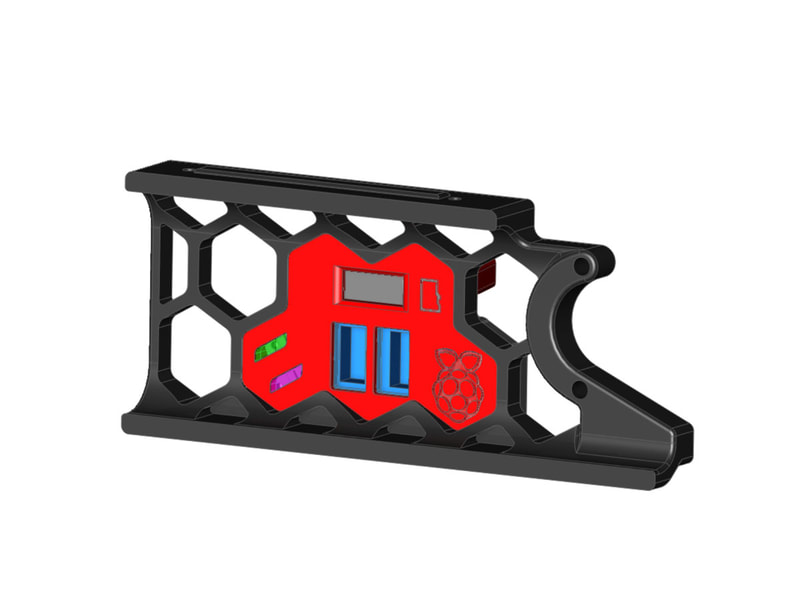
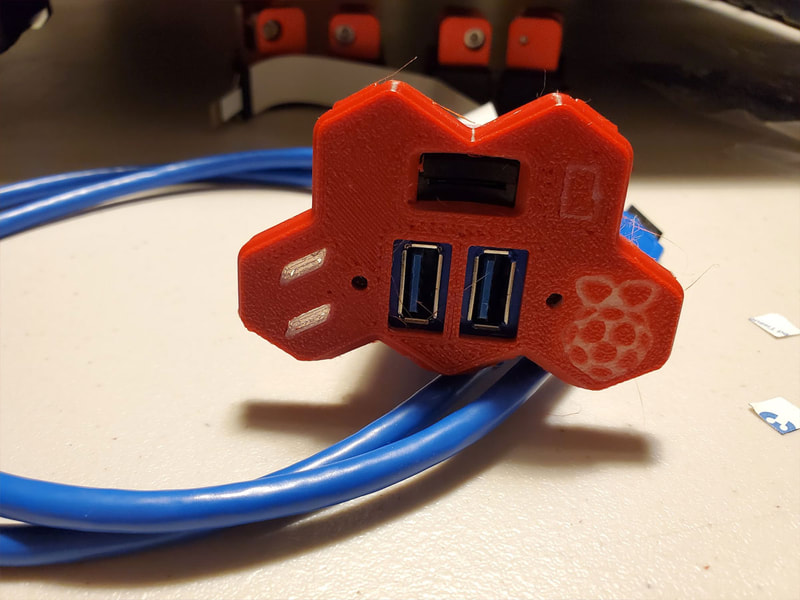

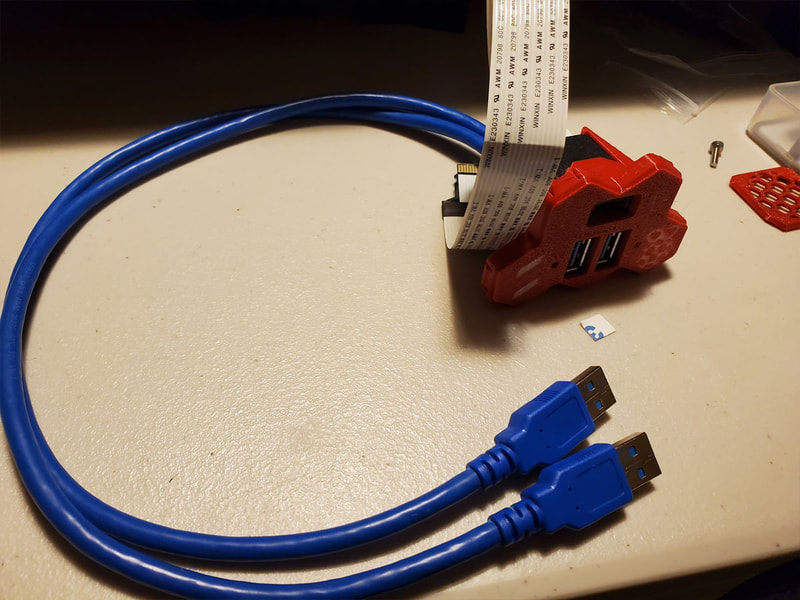
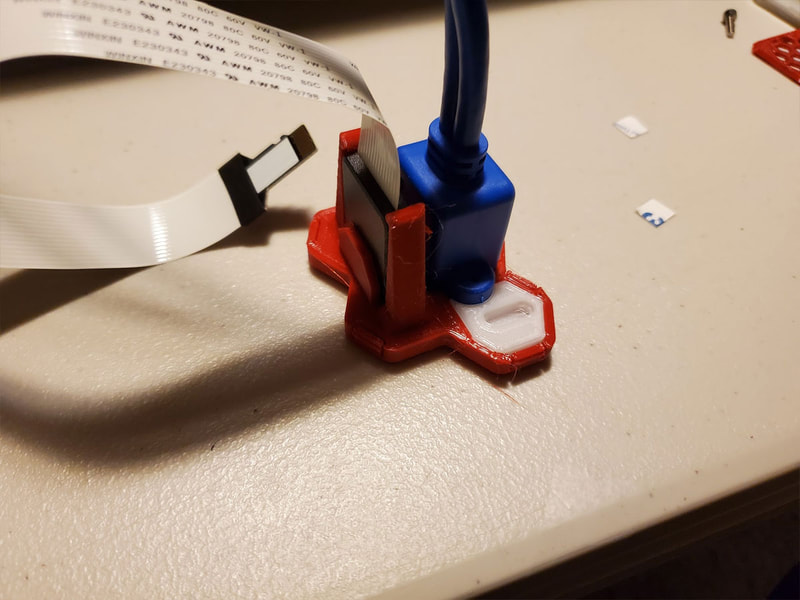
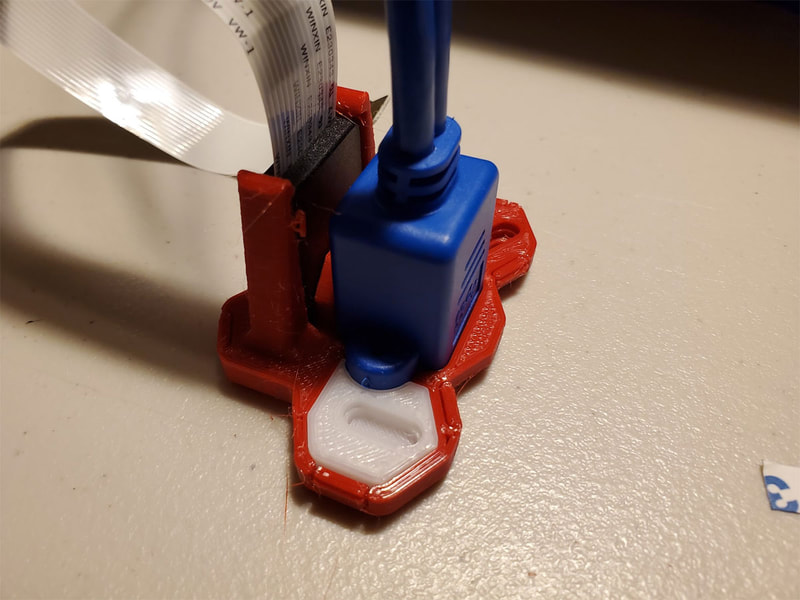
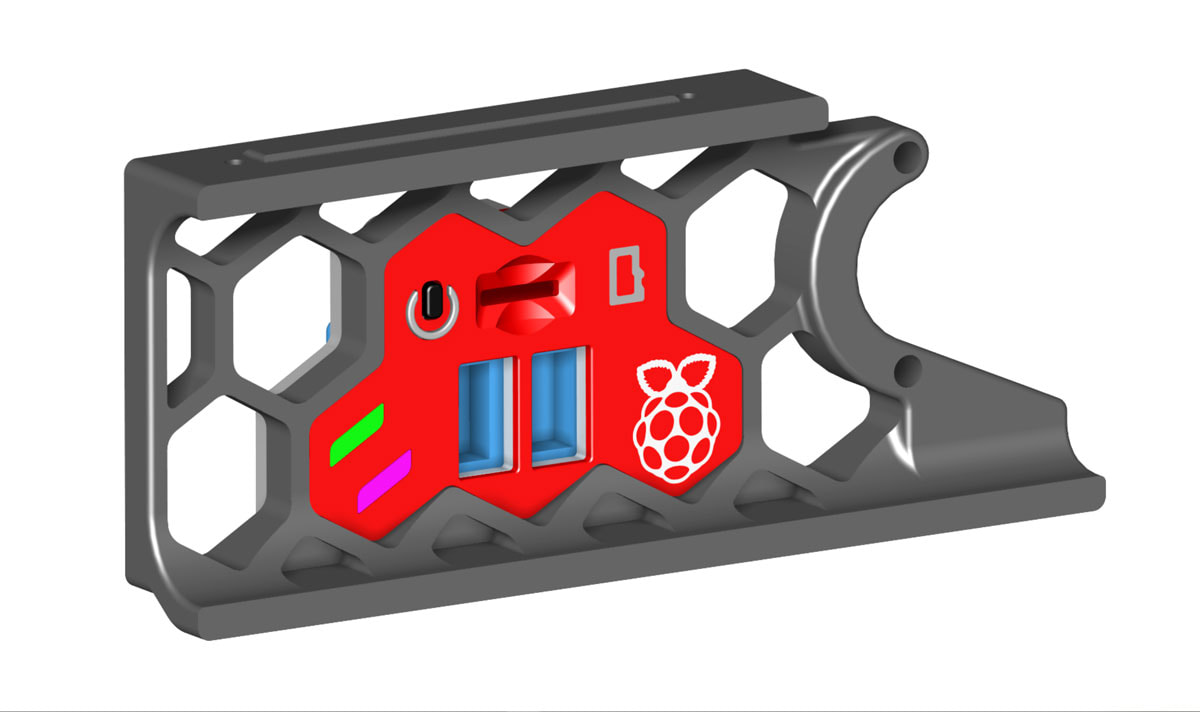


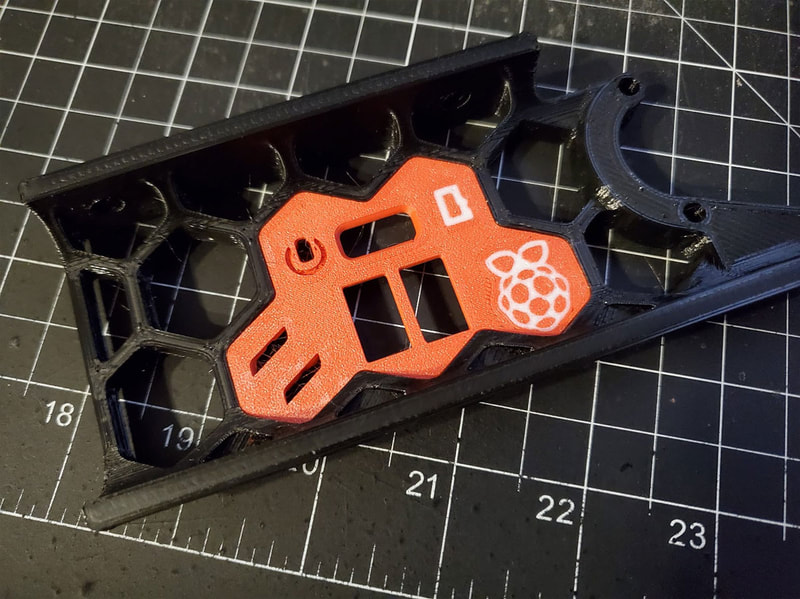
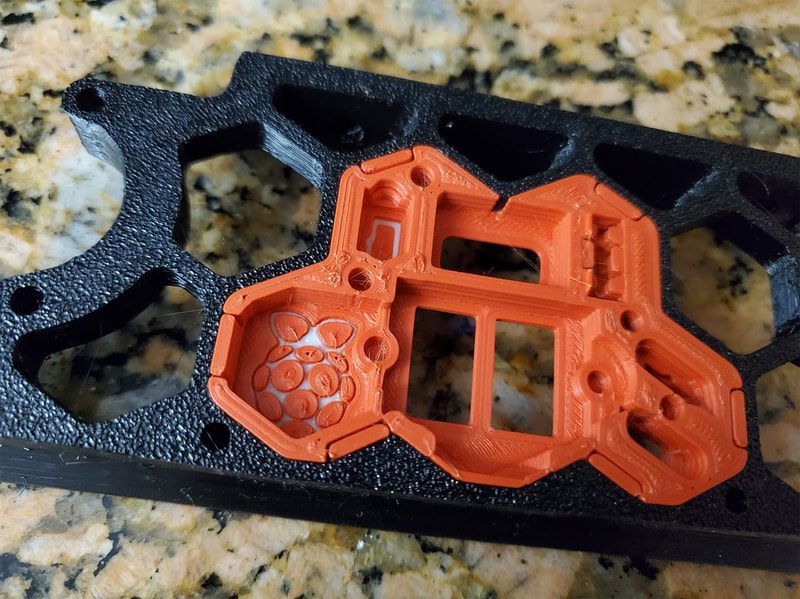
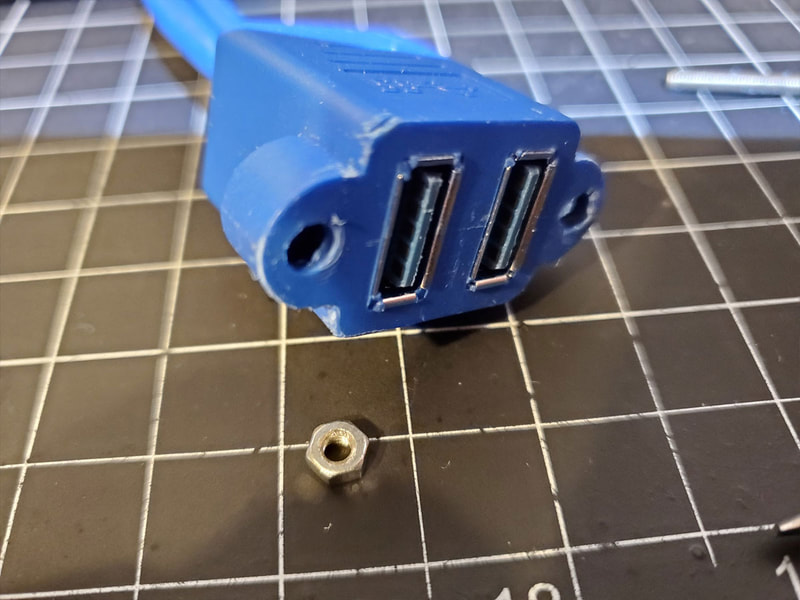
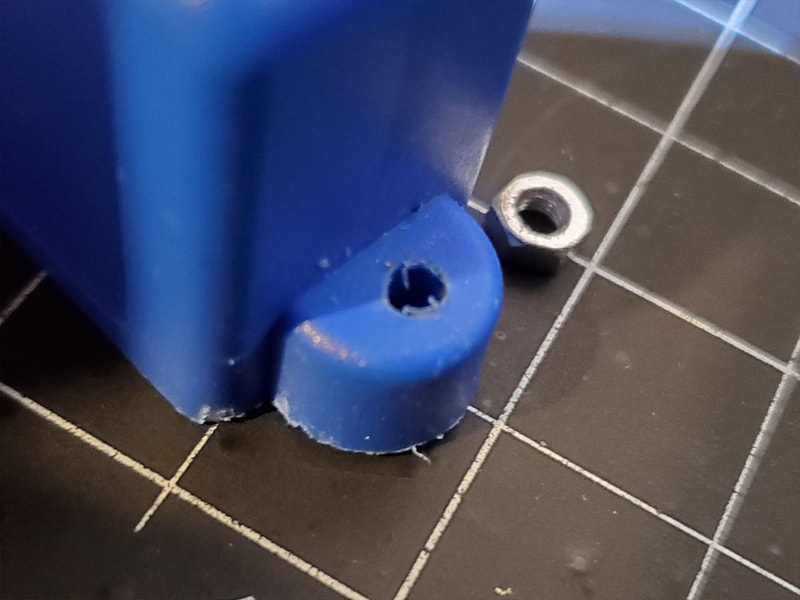
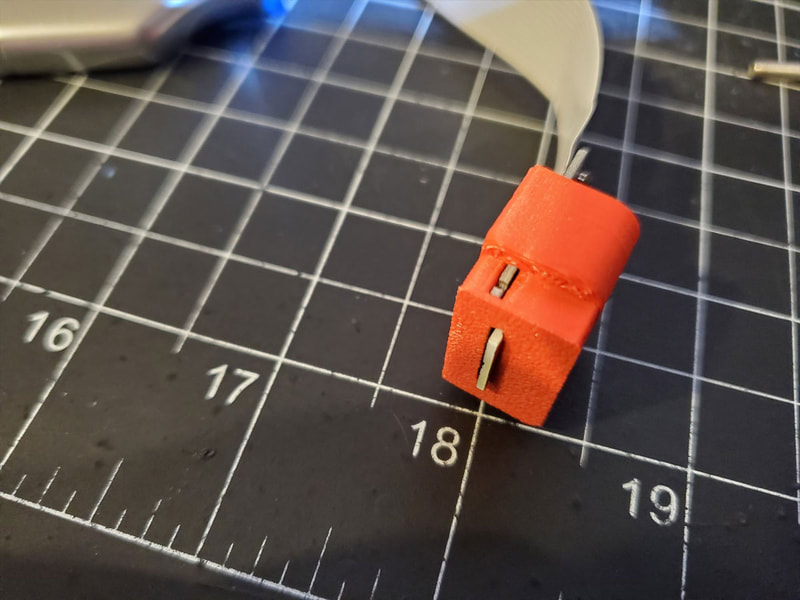
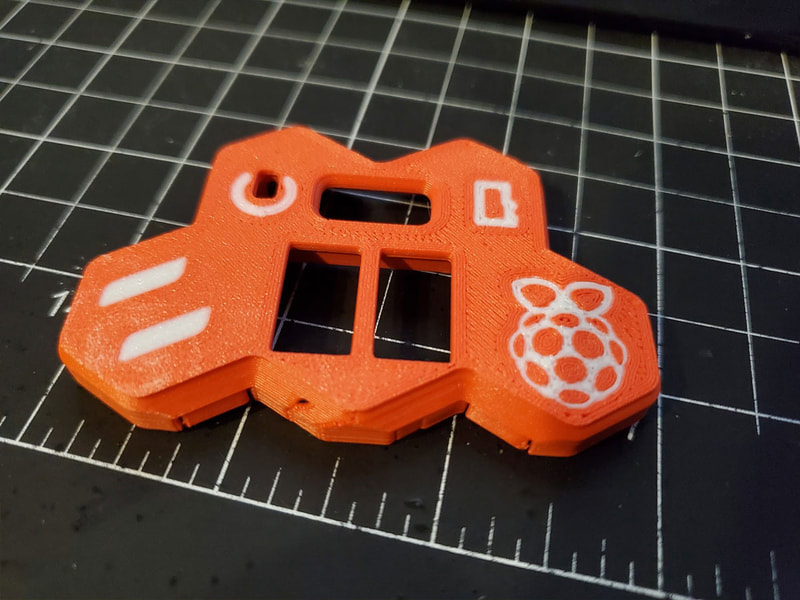
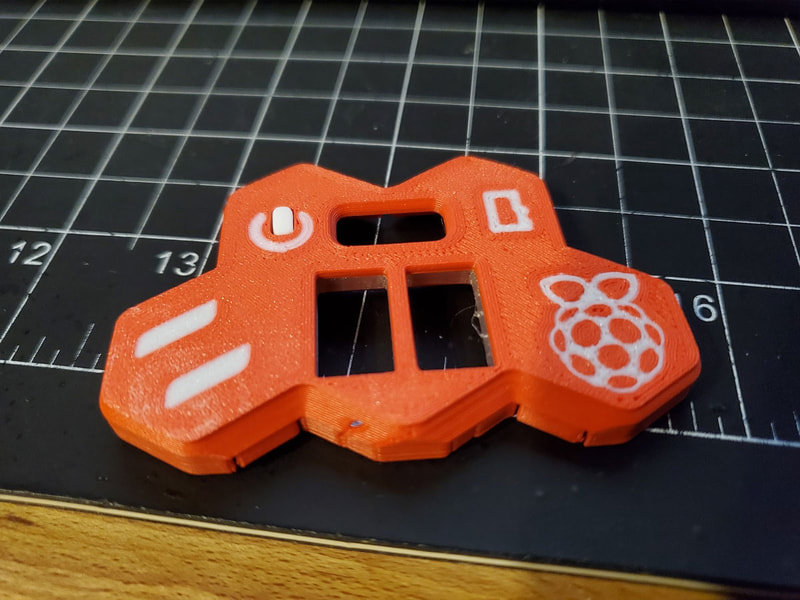
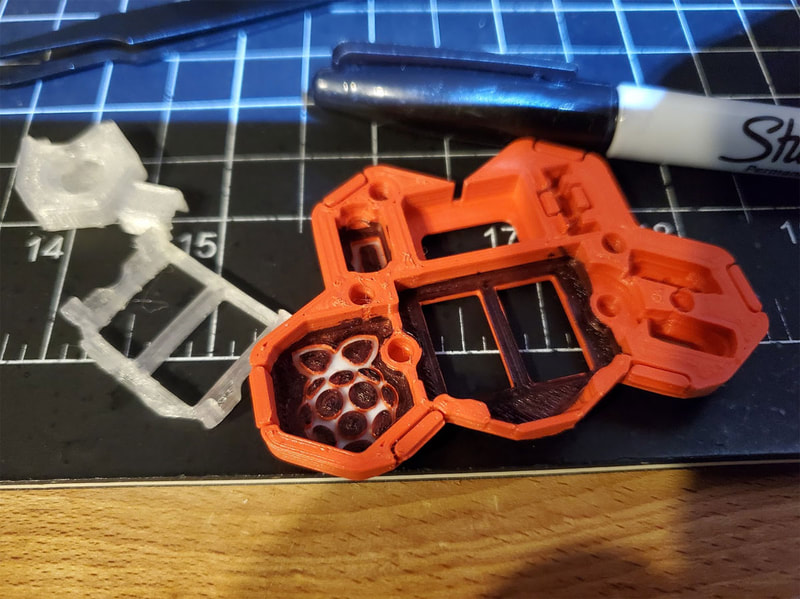
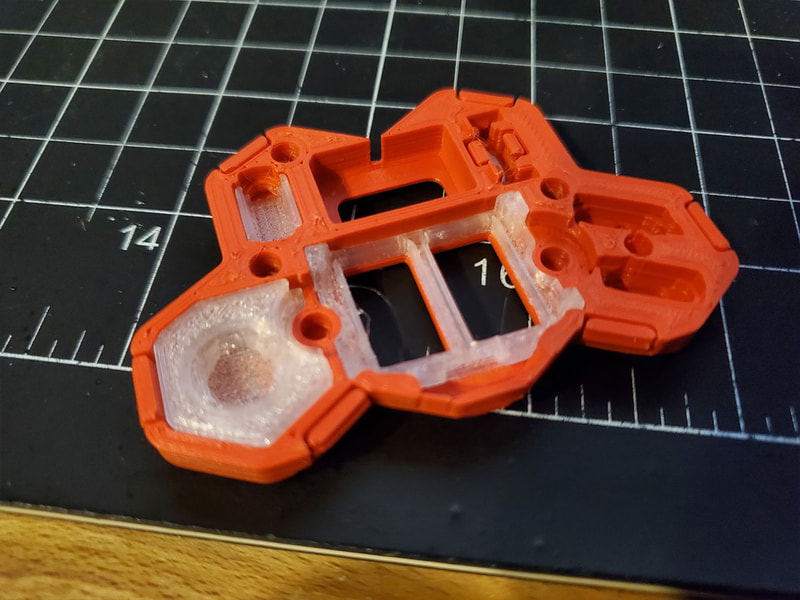
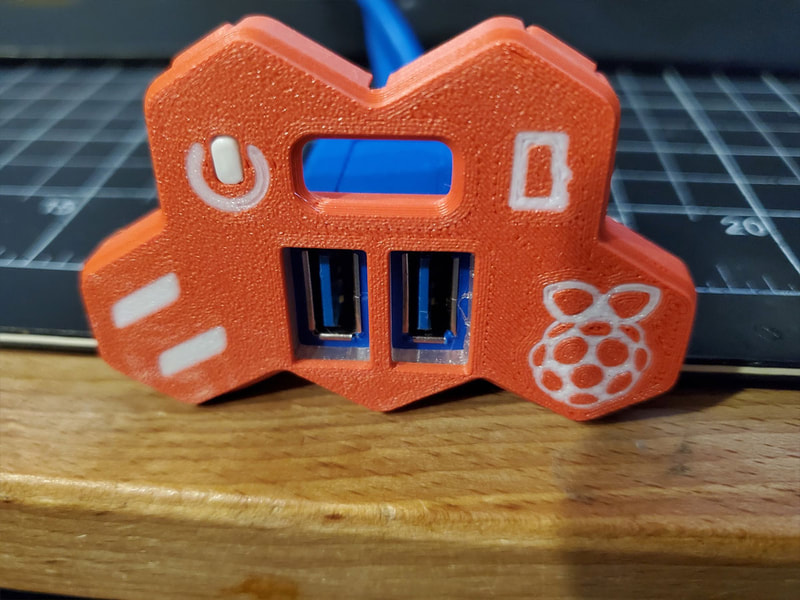
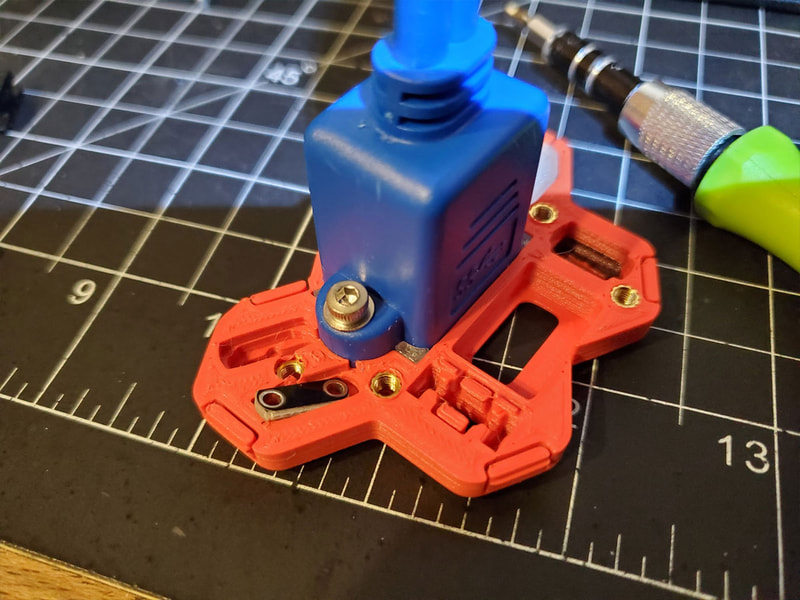
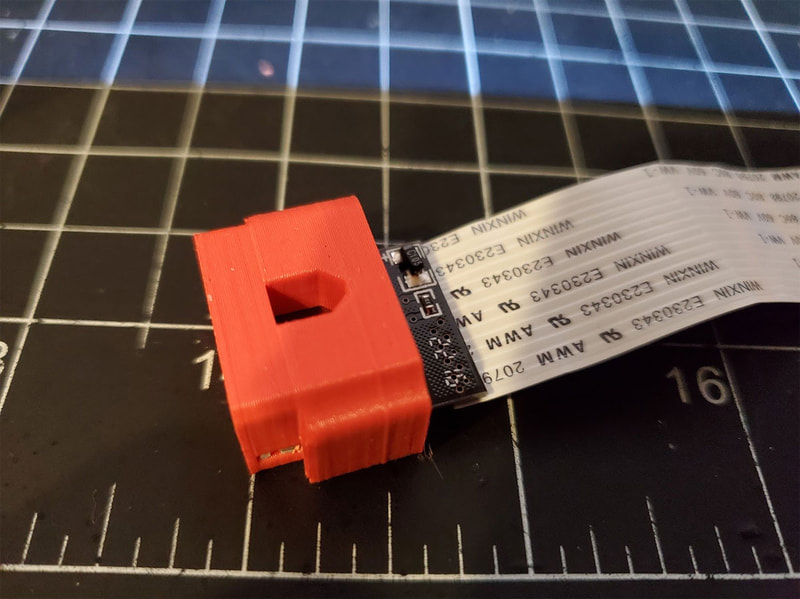
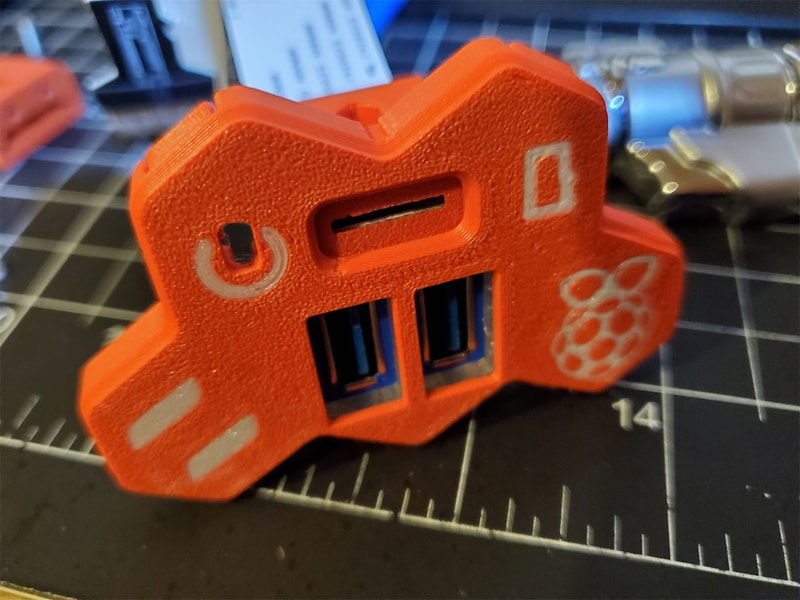
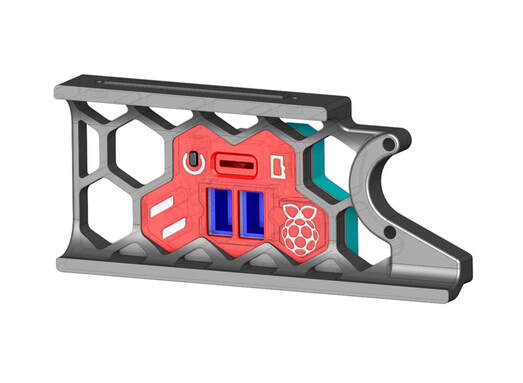
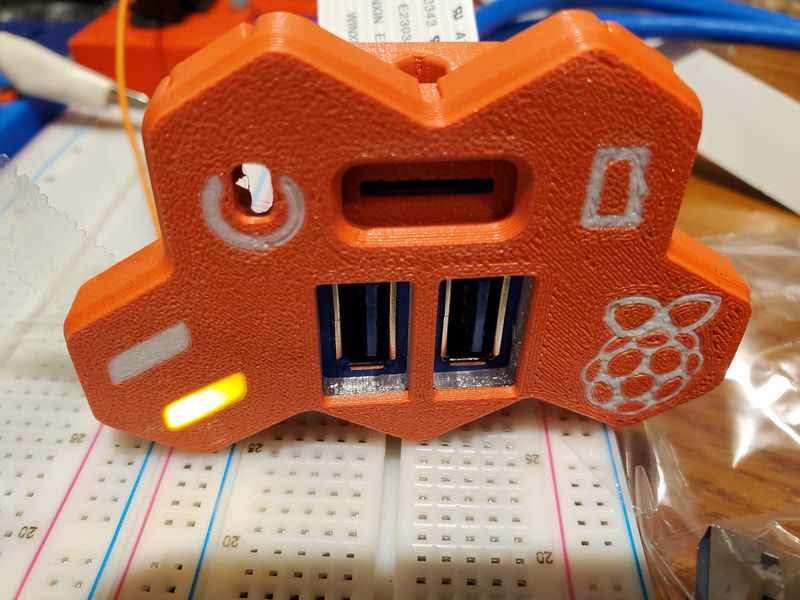
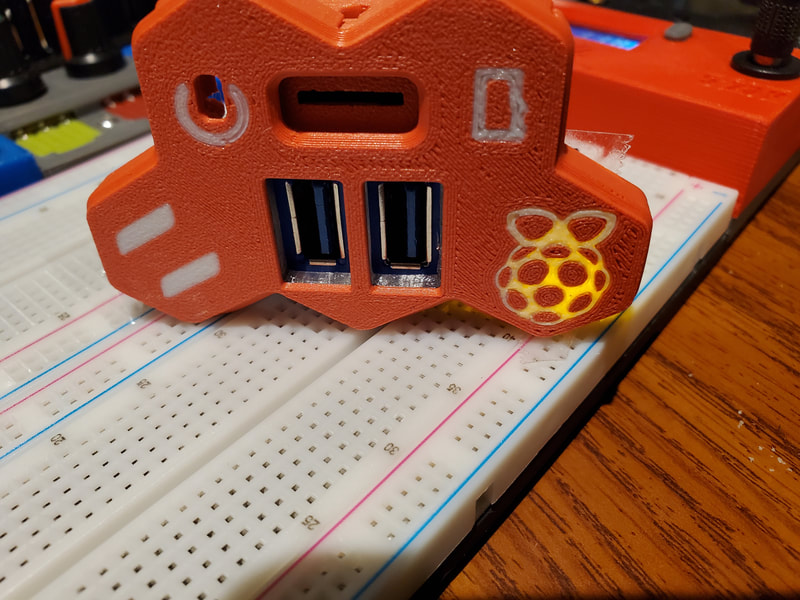
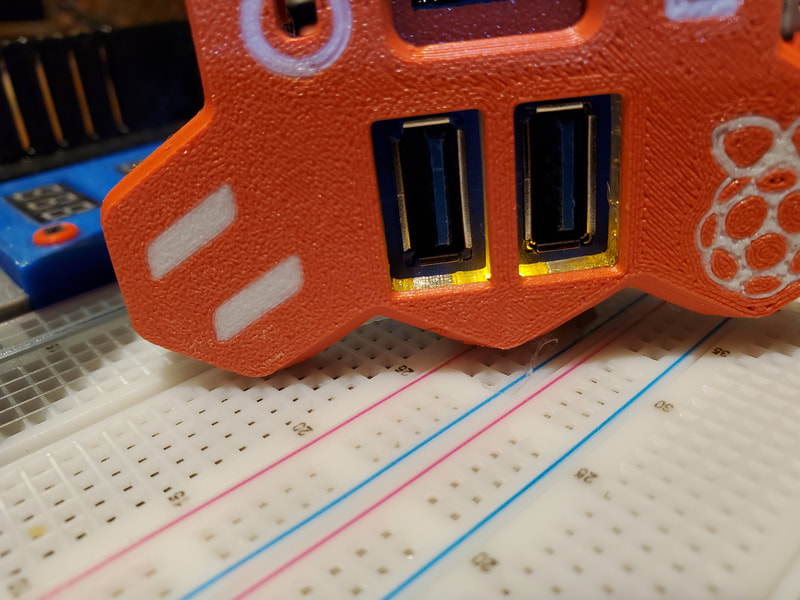
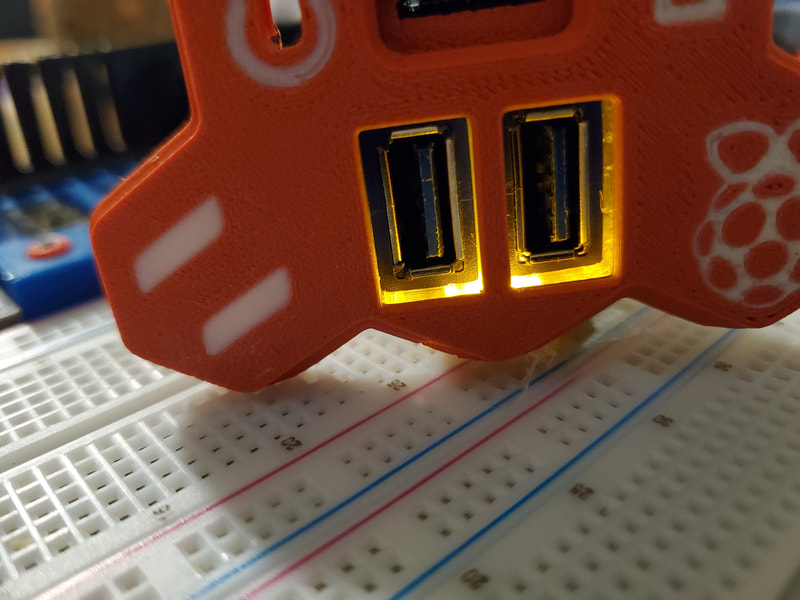
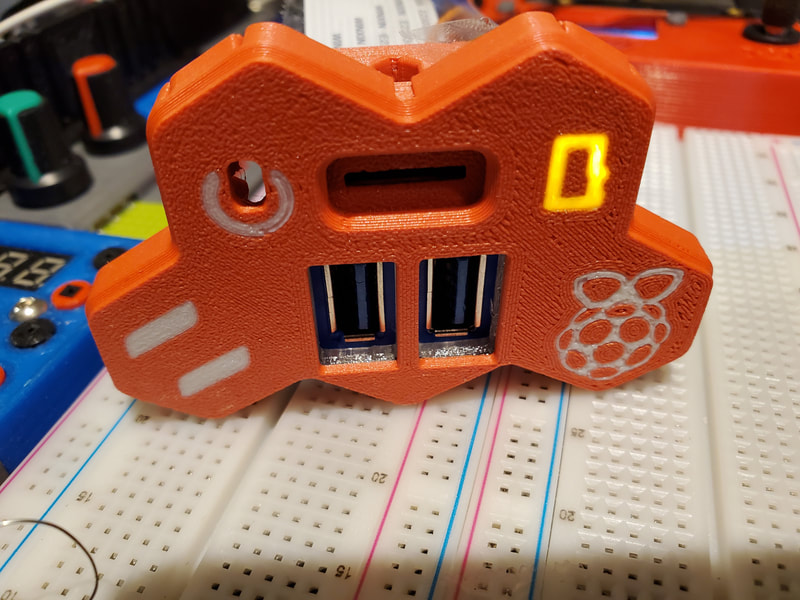

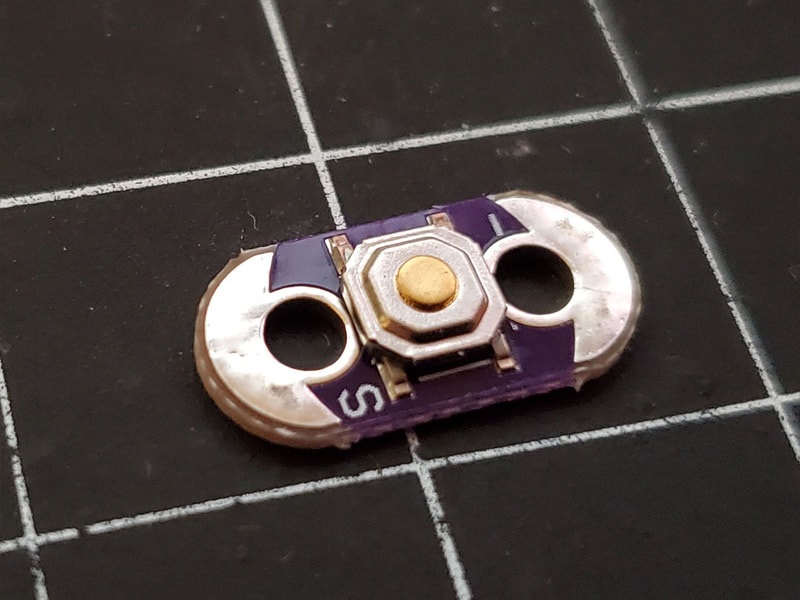
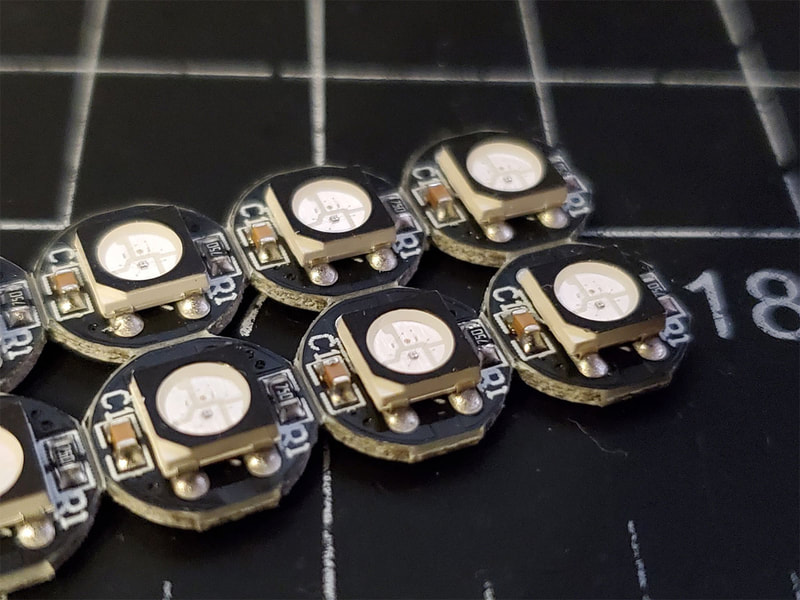
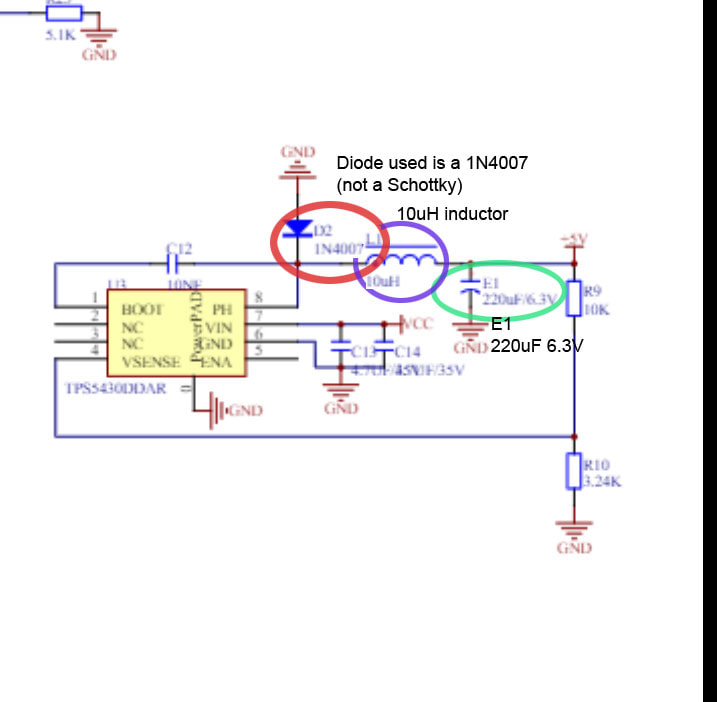
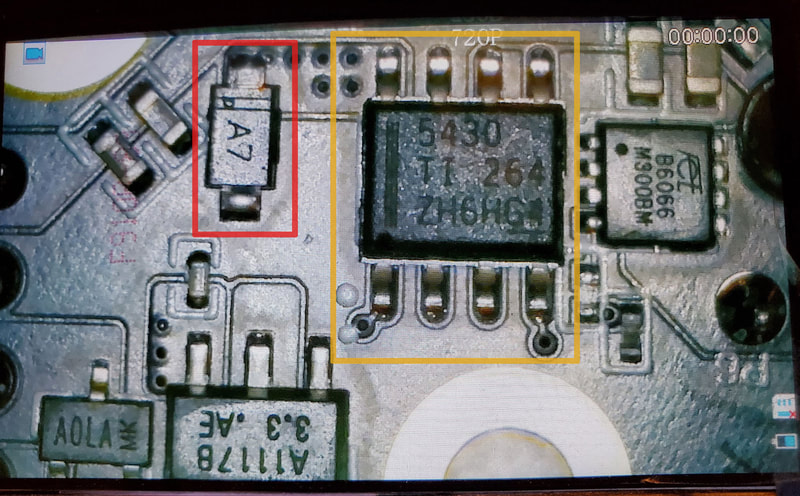
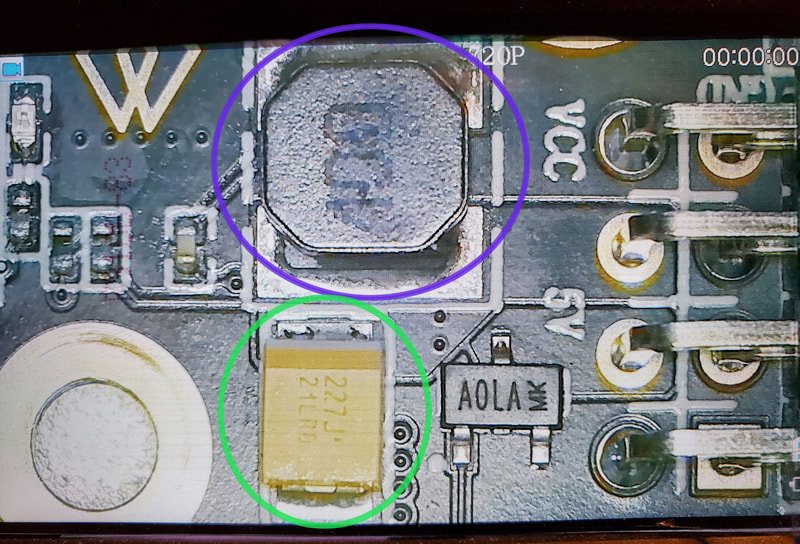
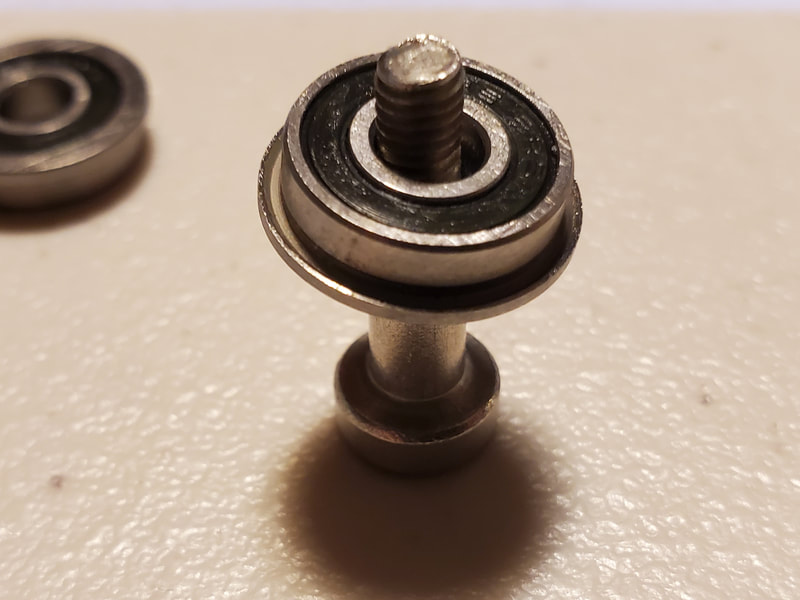
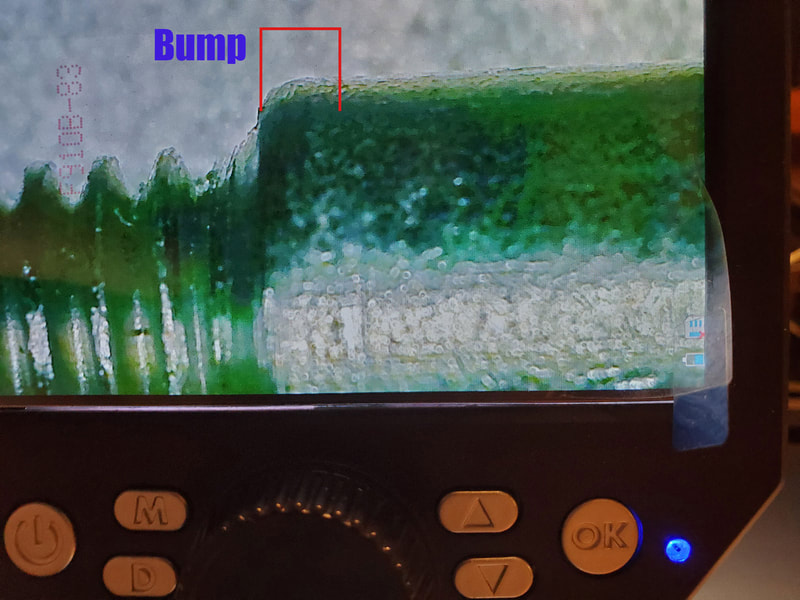

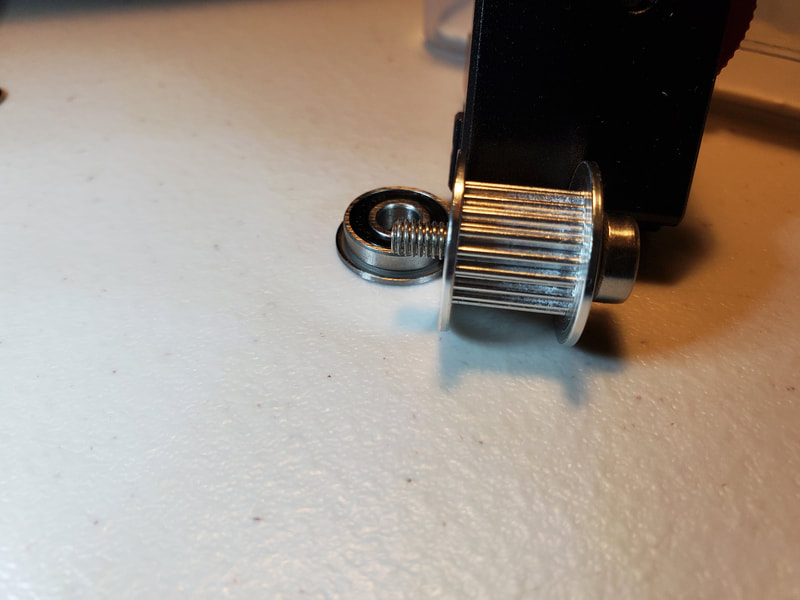
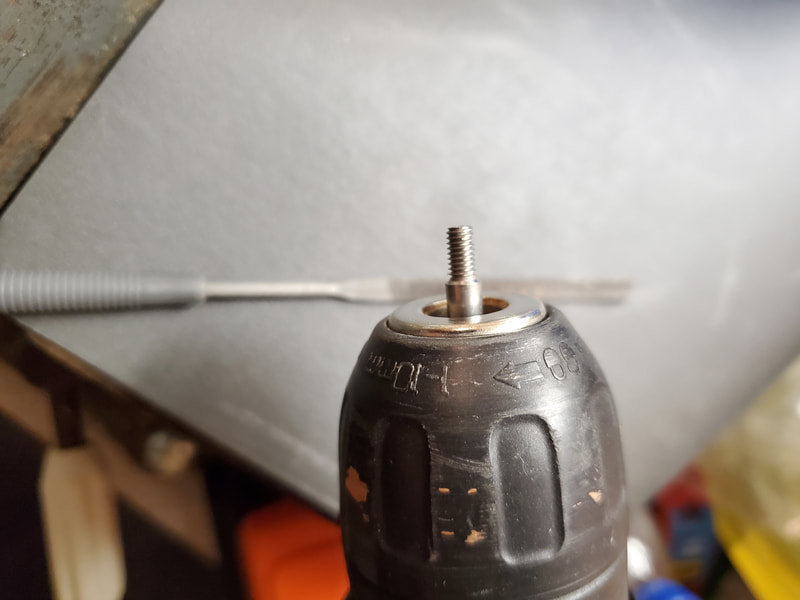
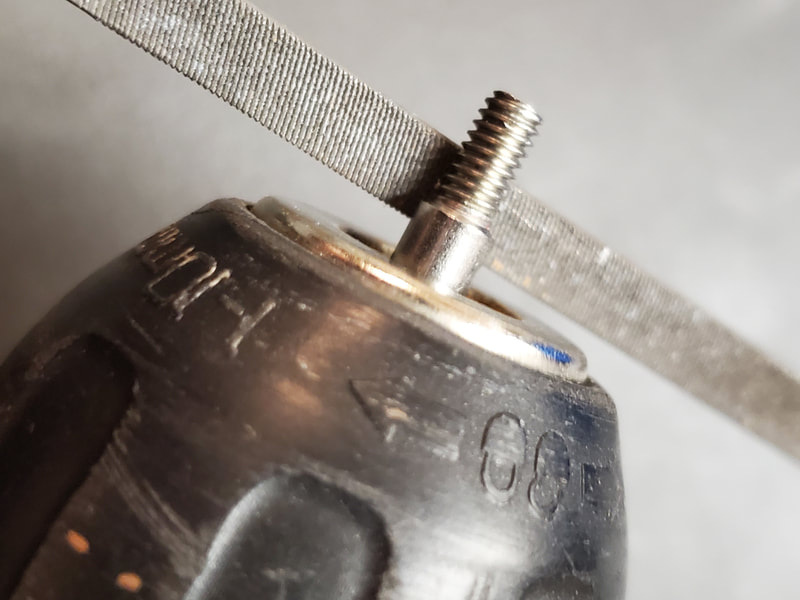
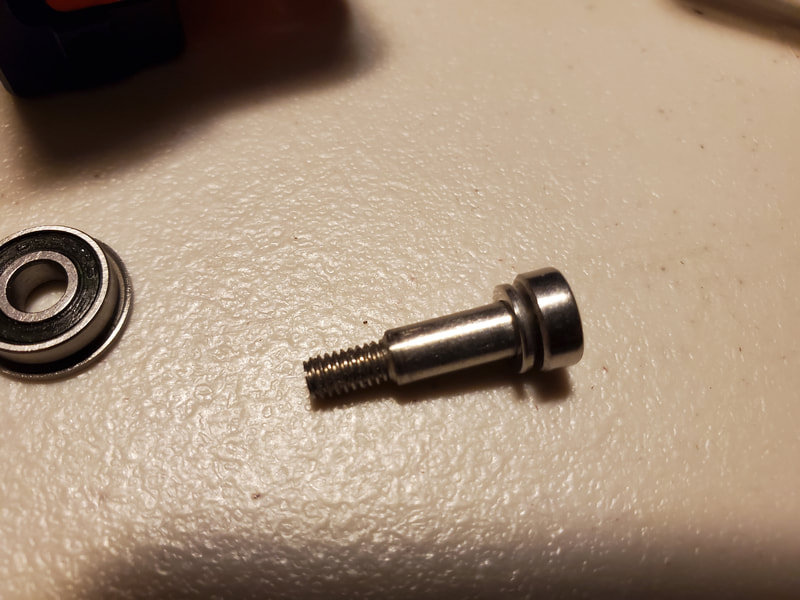
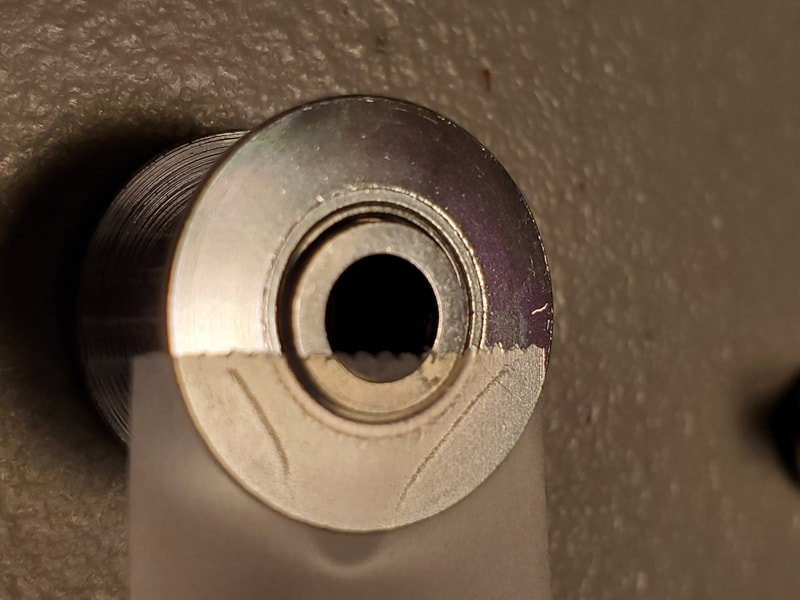
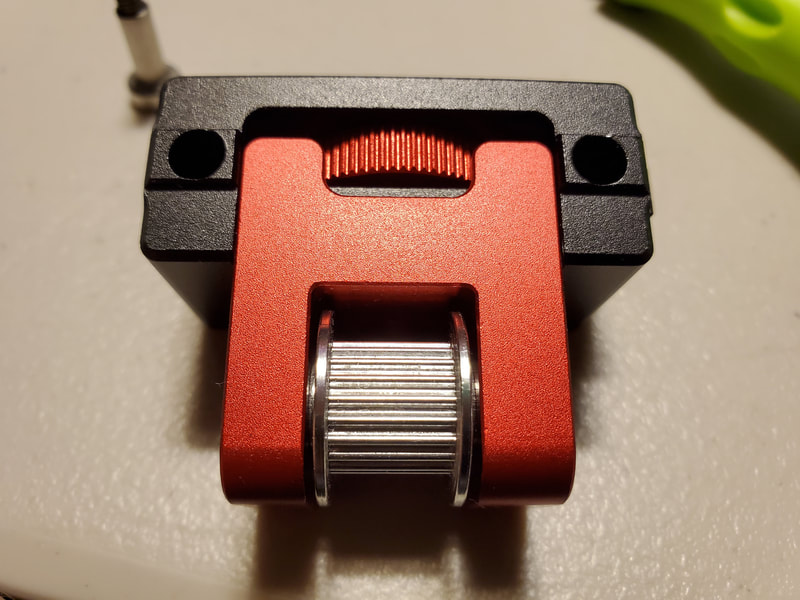
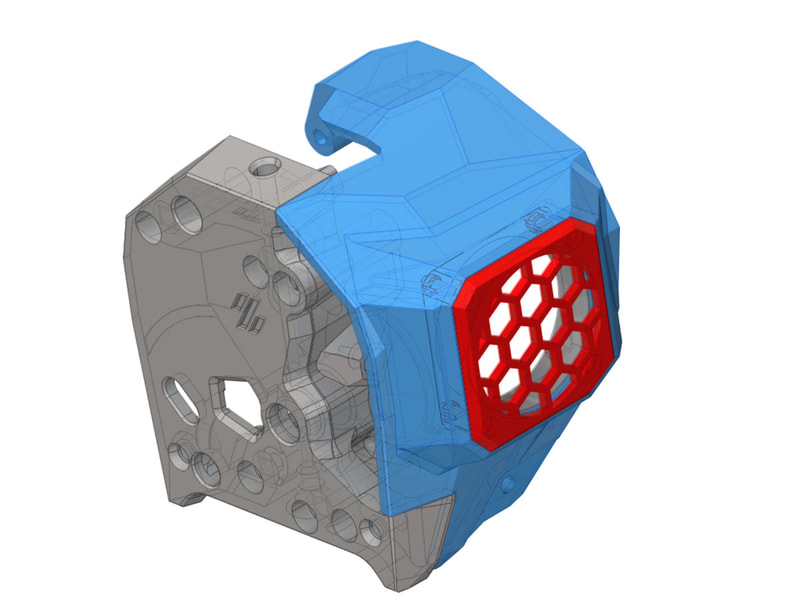
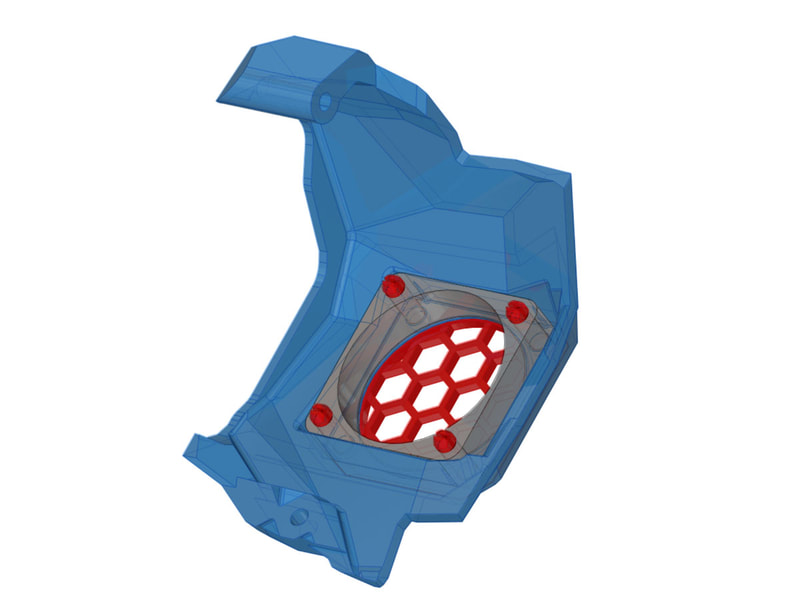
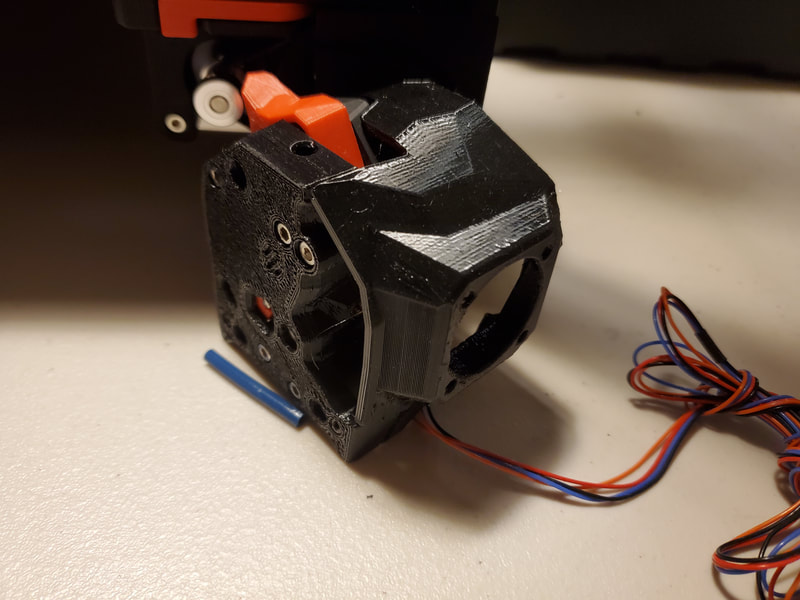
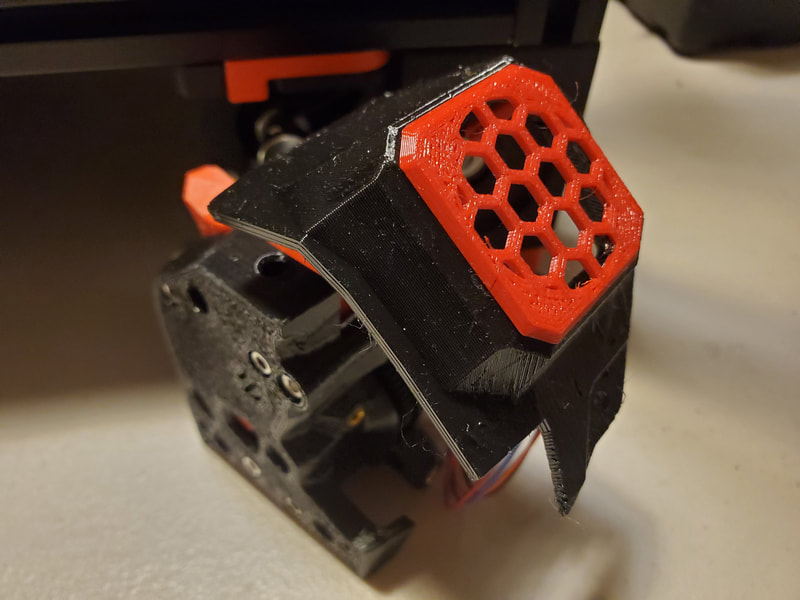
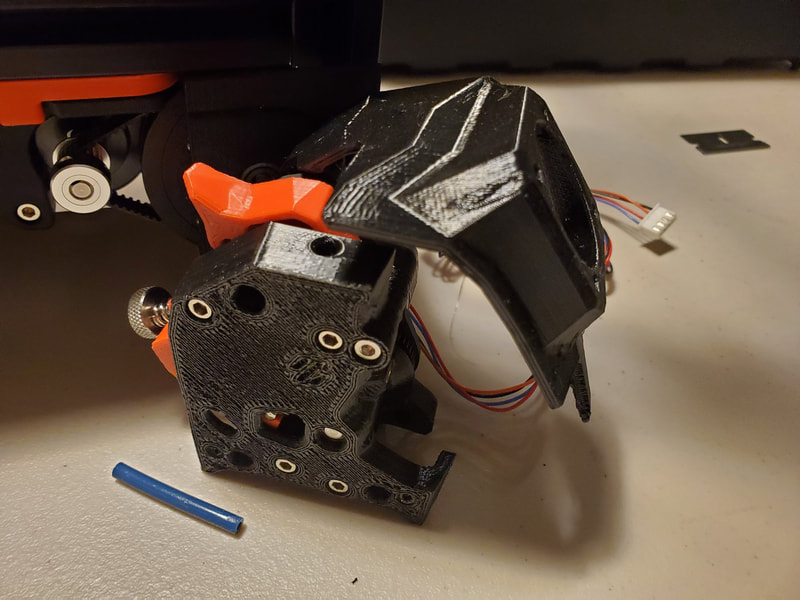

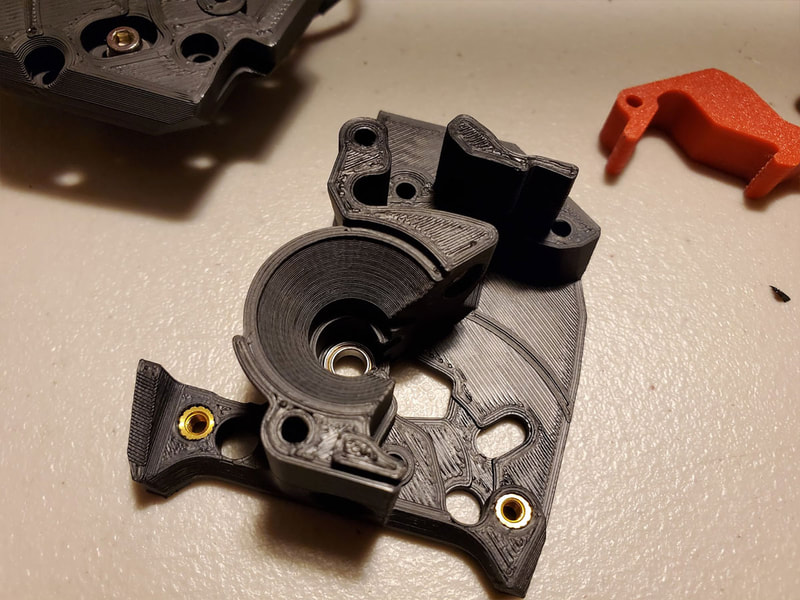
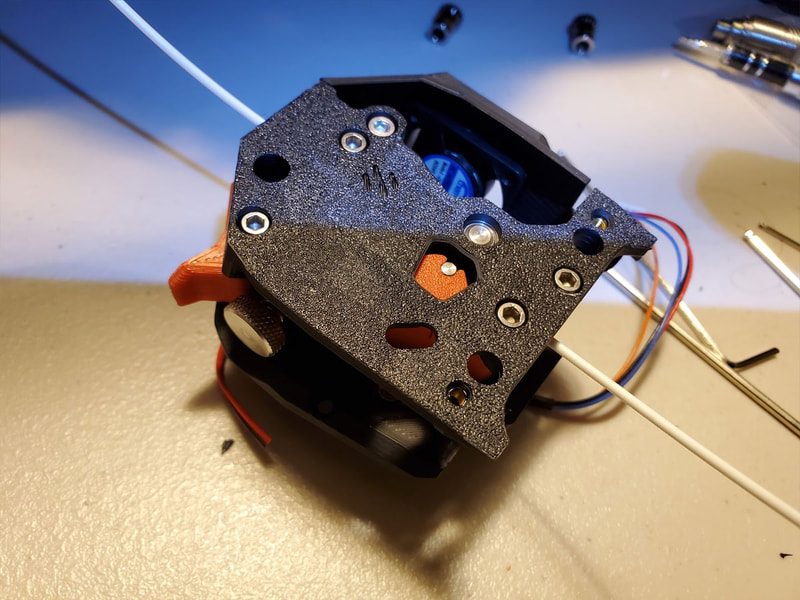
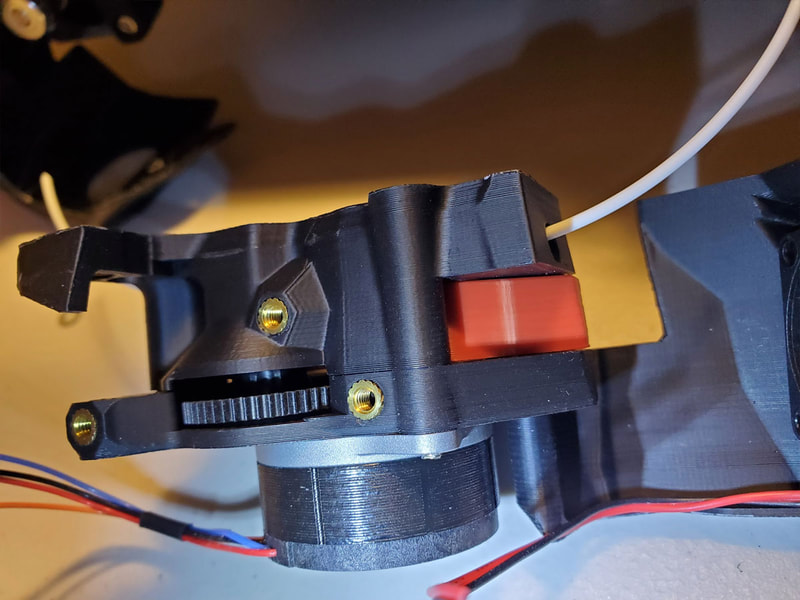
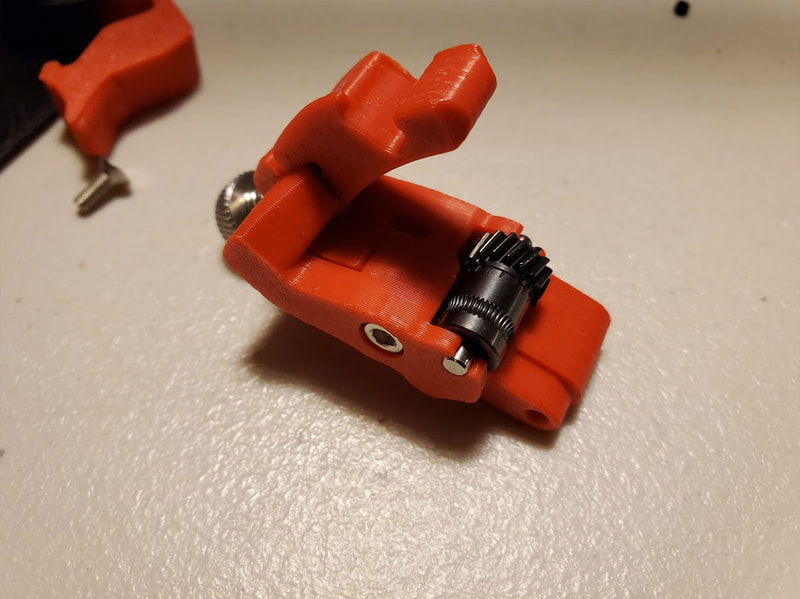

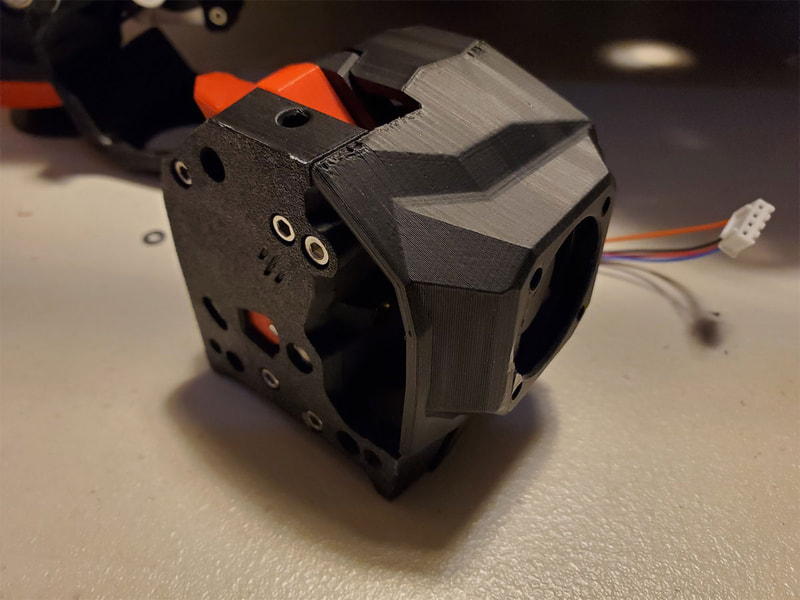
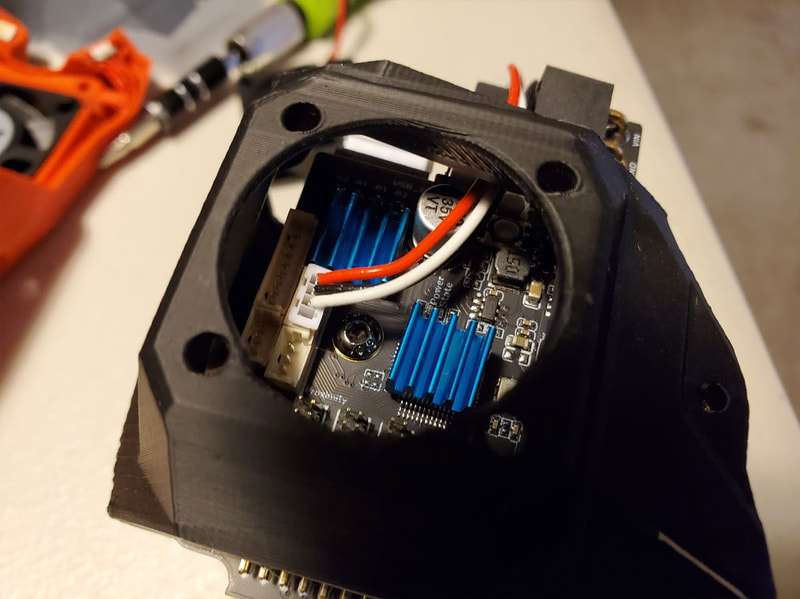
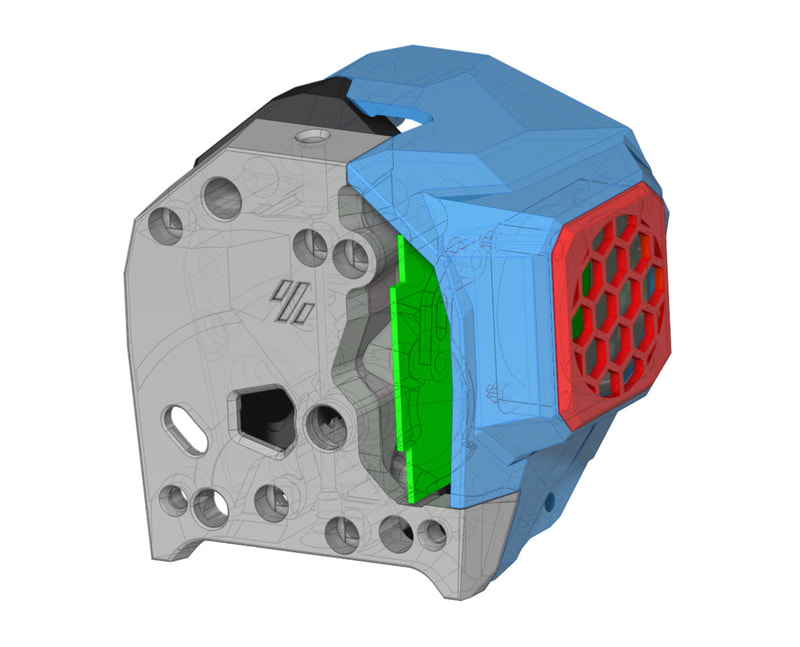
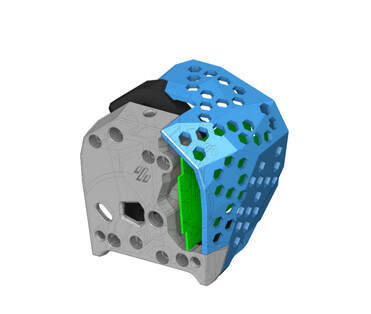
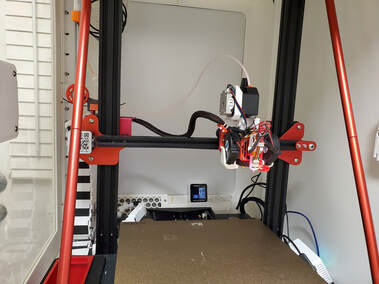
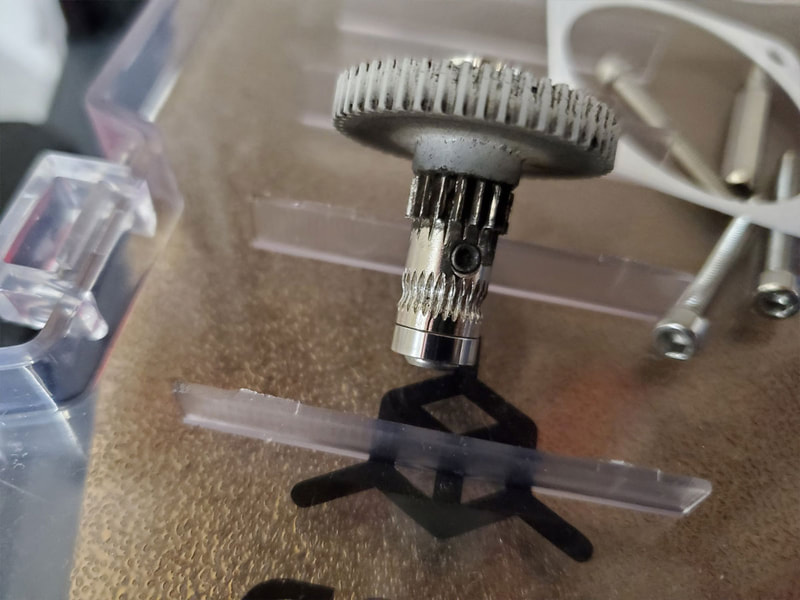
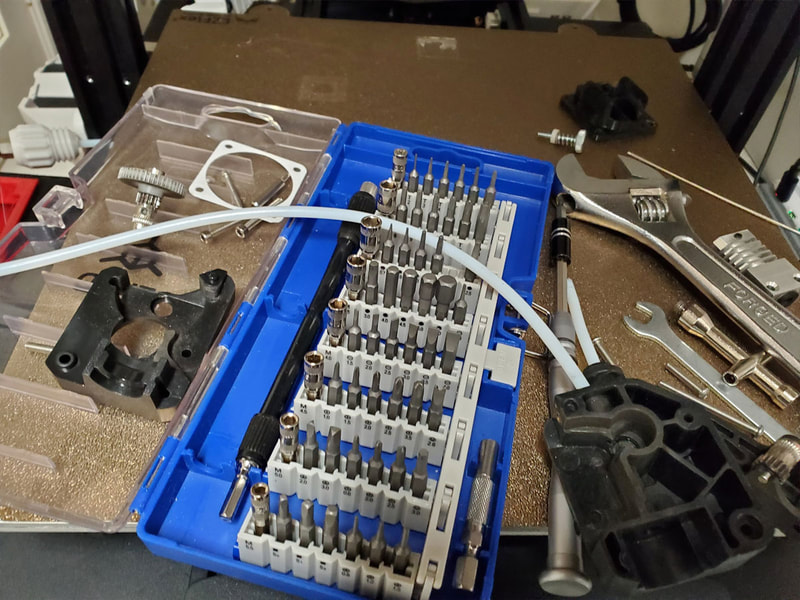
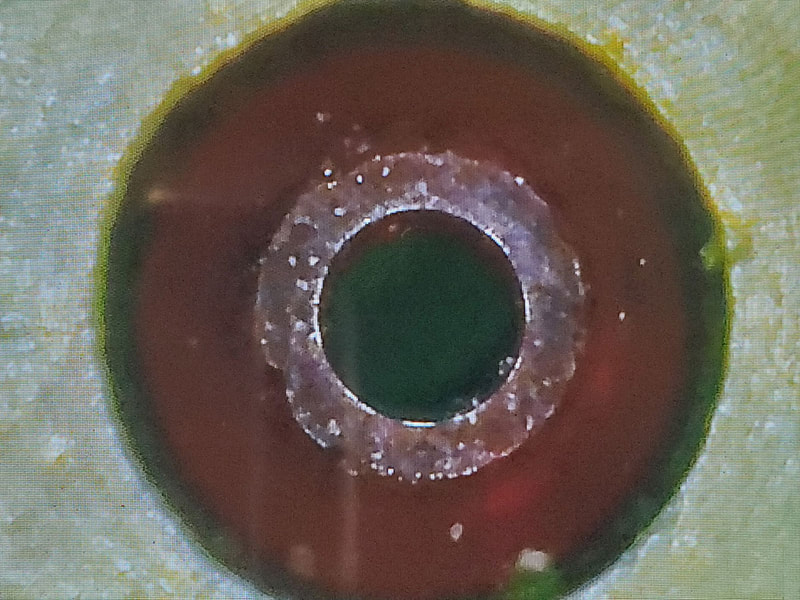
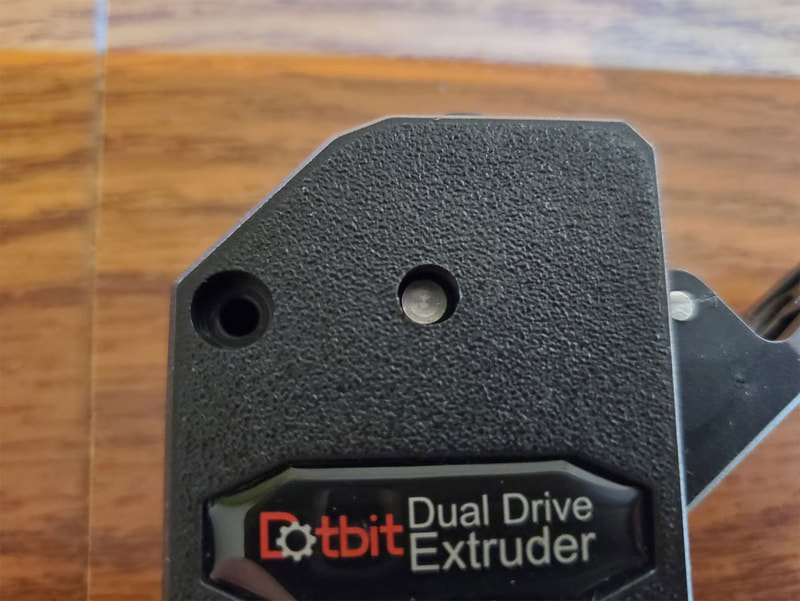
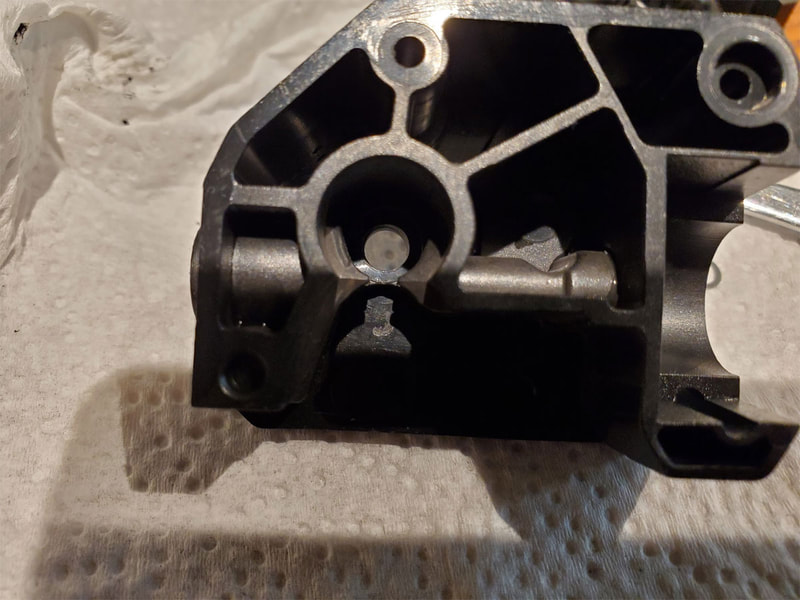
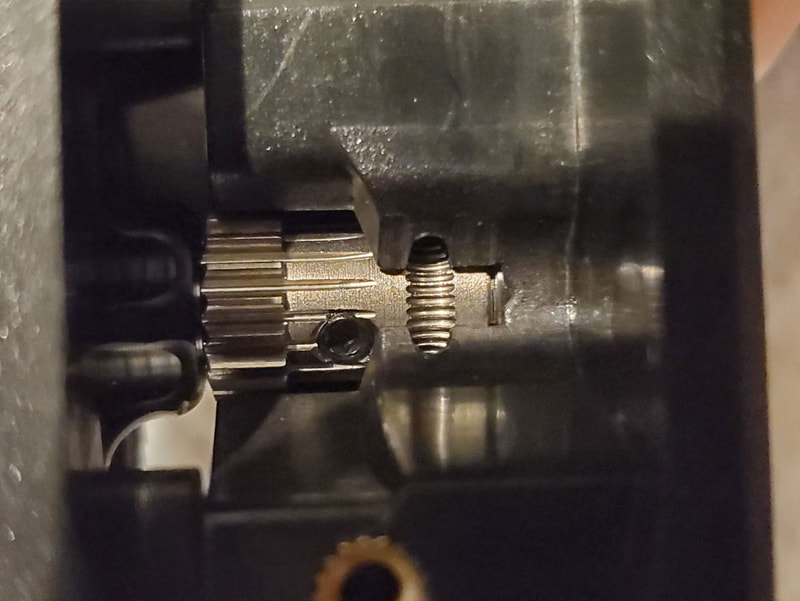

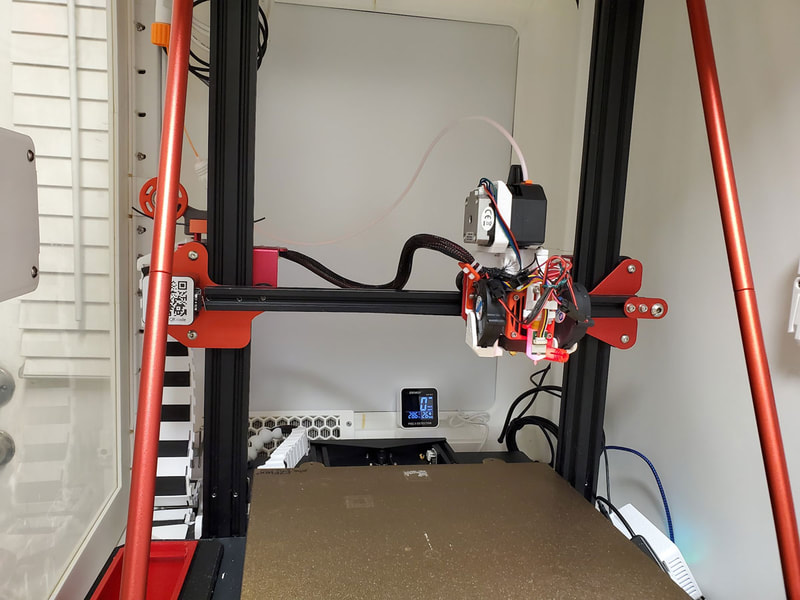
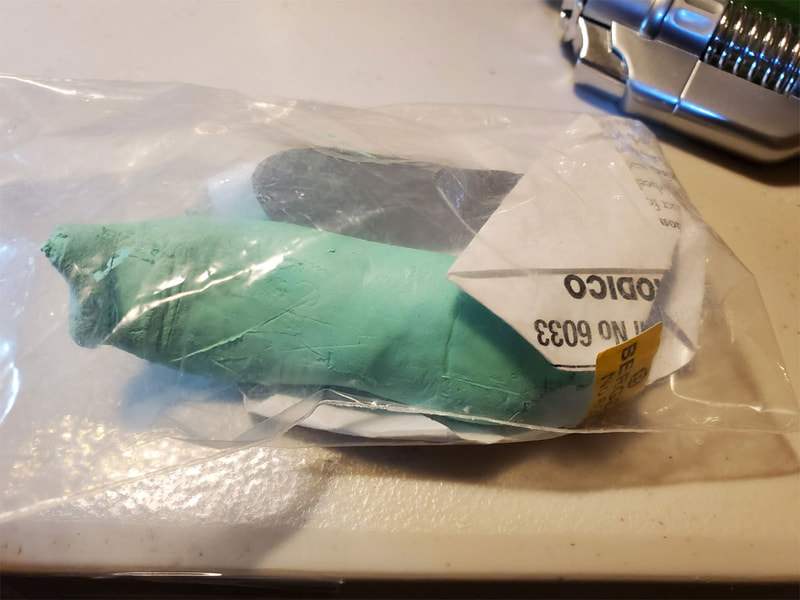
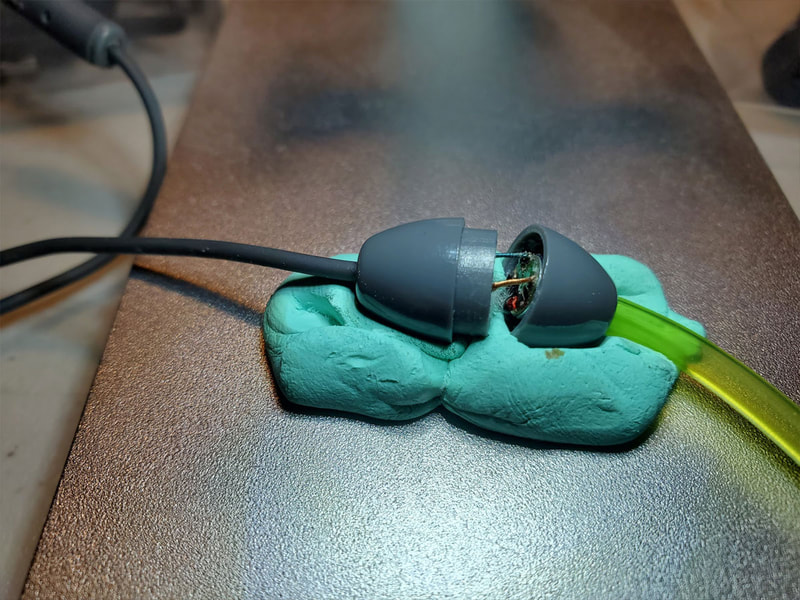
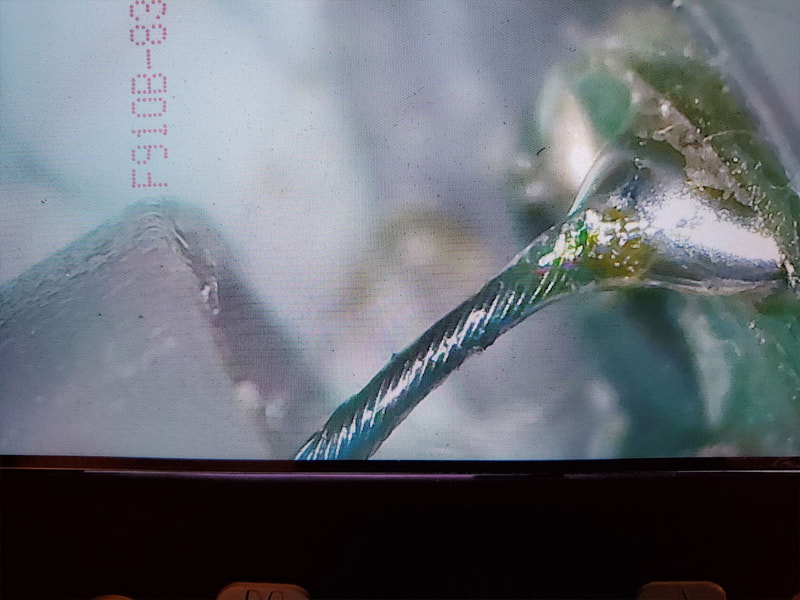
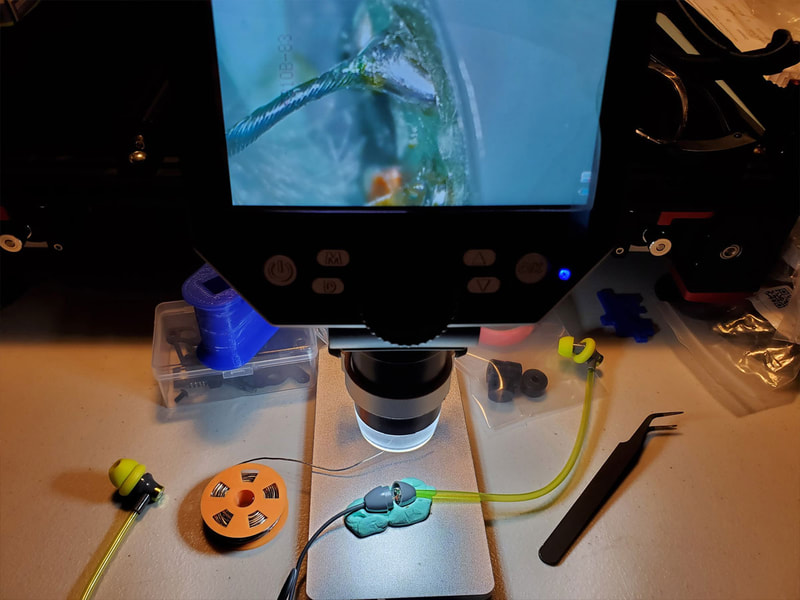


 RSS Feed
RSS Feed
